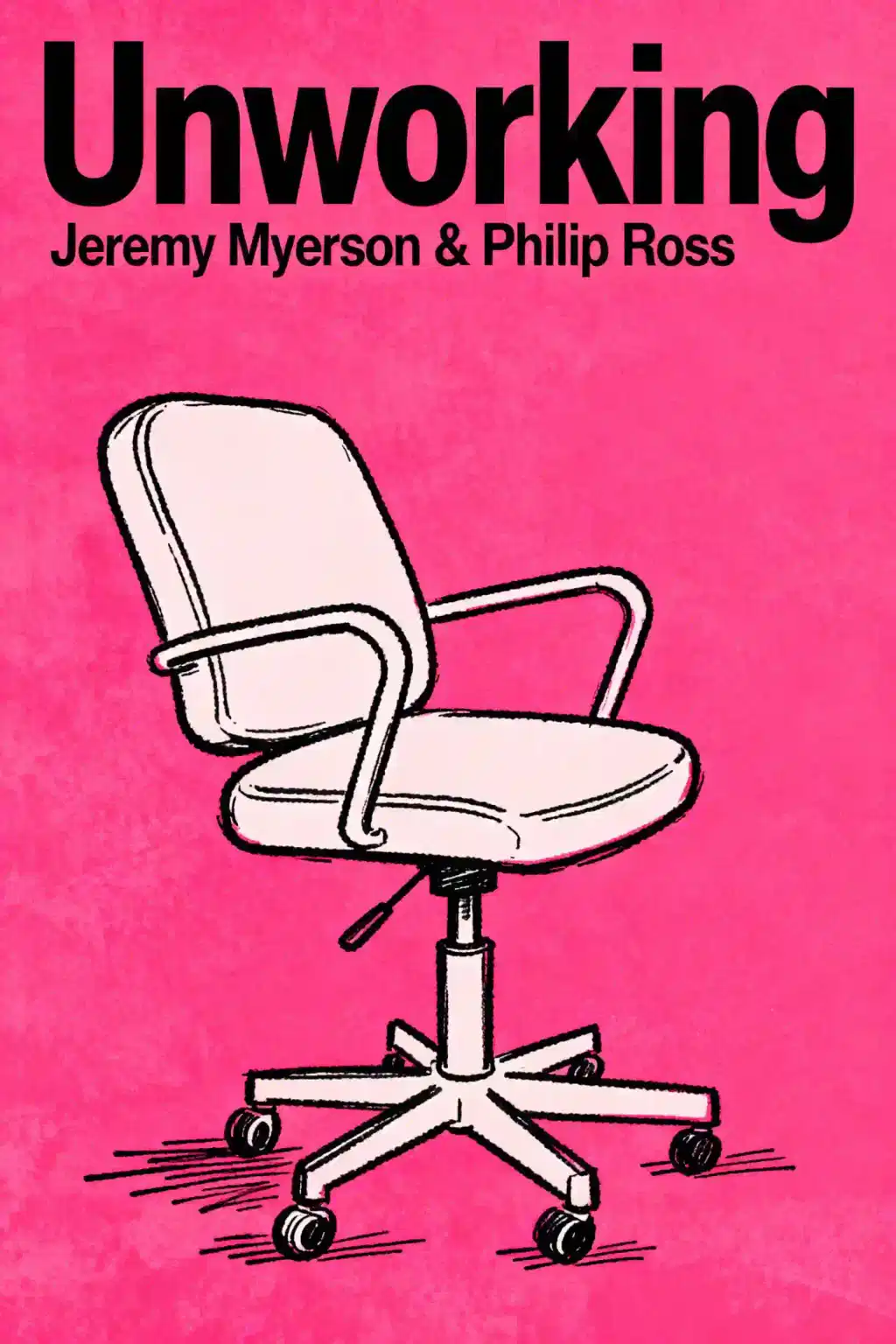What is
Is Your Work Worth It? about?
Is Your Work Worth It? examines how individuals can align their careers with personal values and societal impact. It combines psychological research, philosophical frameworks, and real-world case studies to help readers assess whether their work contributes to a life well-lived—or merely sustains an unfulfilling routine. Key themes include redefining "meaningful work" and balancing financial security with purpose.
Who should read
Is Your Work Worth It??
This book is ideal for professionals questioning their career paths, leaders aiming to foster purpose-driven workplaces, and anyone exploring work-life integration. It’s particularly relevant for those navigating career transitions, burnout, or ethical dilemmas in industries like tech, healthcare, or sustainability.
What does Jennifer Tosti-Kharas mean by "meaningful work"?
Tosti-Kharas defines meaningful work as labor that aligns with personal values, contributes to societal well-being, and provides intrinsic satisfaction. She emphasizes that meaning isn’t limited to altruistic careers—even corporate roles can be meaningful if approached with intentionality and awareness of their broader impact.
How does
Is Your Work Worth It? help with career changes?
The book offers a four-part framework to evaluate career decisions:
- Purpose: Clarifying personal and professional values
- People: Assessing work’s impact on relationships
- Profit: Balancing financial needs with ethical considerations
- Planet: Evaluating environmental and societal consequences
This structure helps readers systematically weigh risks and rewards.
What are the main critiques of
Is Your Work Worth It??
Some readers note the book leans heavily on corporate case studies, which may feel less relevant to freelancers or gig workers. However, Tosti-Kharas counters this by emphasizing adaptable principles, such as her "Sustainability Audit" tool for assessing work’s long-term viability across industries.
How does Tosti-Kharas’s consulting background influence the book?
Her experience as a management consultant informs practical strategies for negotiating workplace challenges, such as advocating for ethical practices without jeopardizing job security. The book includes actionable templates for salary discussions, project proposals, and boundary-setting.
Does the book address remote work and AI trends?
Yes, the 2024 edition discusses navigating AI-driven job displacement and maintaining meaningful connections in hybrid workplaces. Tosti-Kharas argues that automation makes human-centric skills (e.g., creativity, empathy) more vital for long-term career resilience.
What quotes summarize
Is Your Work Worth It??
Notable lines include:
- "Work shouldn’t be a referendum on your worth—it’s a tool for crafting it."
- "The best careers aren’t found; they’re negotiated, day by day."
These emphasize proactive career management over passive fulfilment-seeking.
How does this book compare to
Atomic Habits or
The Alchemist?
Unlike Atomic Habits’ focus on incremental change, Is Your Work Worth It? prioritizes systemic evaluation of work’s role in life. Compared to The Alchemist’s allegorical approach, Tosti-Kharas grounds her insights in empirical data while maintaining narrative accessibility.
Can
Is Your Work Worth It? help with work-life balance?
Yes, the book reframes balance as "integration," encouraging readers to design careers that complement—rather than compete with—personal priorities. Techniques include the "Time Portfolio Audit" to align daily tasks with long-term goals.
What research supports the book’s arguments?
Tosti-Kharas cites 200+ studies, including her own work on "corporate callings" and sustainability behaviors. Key references include longitudinal data on career satisfaction and experiments testing values-alignment interventions in Fortune 500 companies.
Are there exercises or worksheets in the book?
The book includes 12 self-assessment tools, such as the "Meaning Meter" (quantifying work’s purpose-profit balance) and "Legacy Mapping" (visualizing career impact over 10-year increments). Downloadable templates are available via the author’s website.














